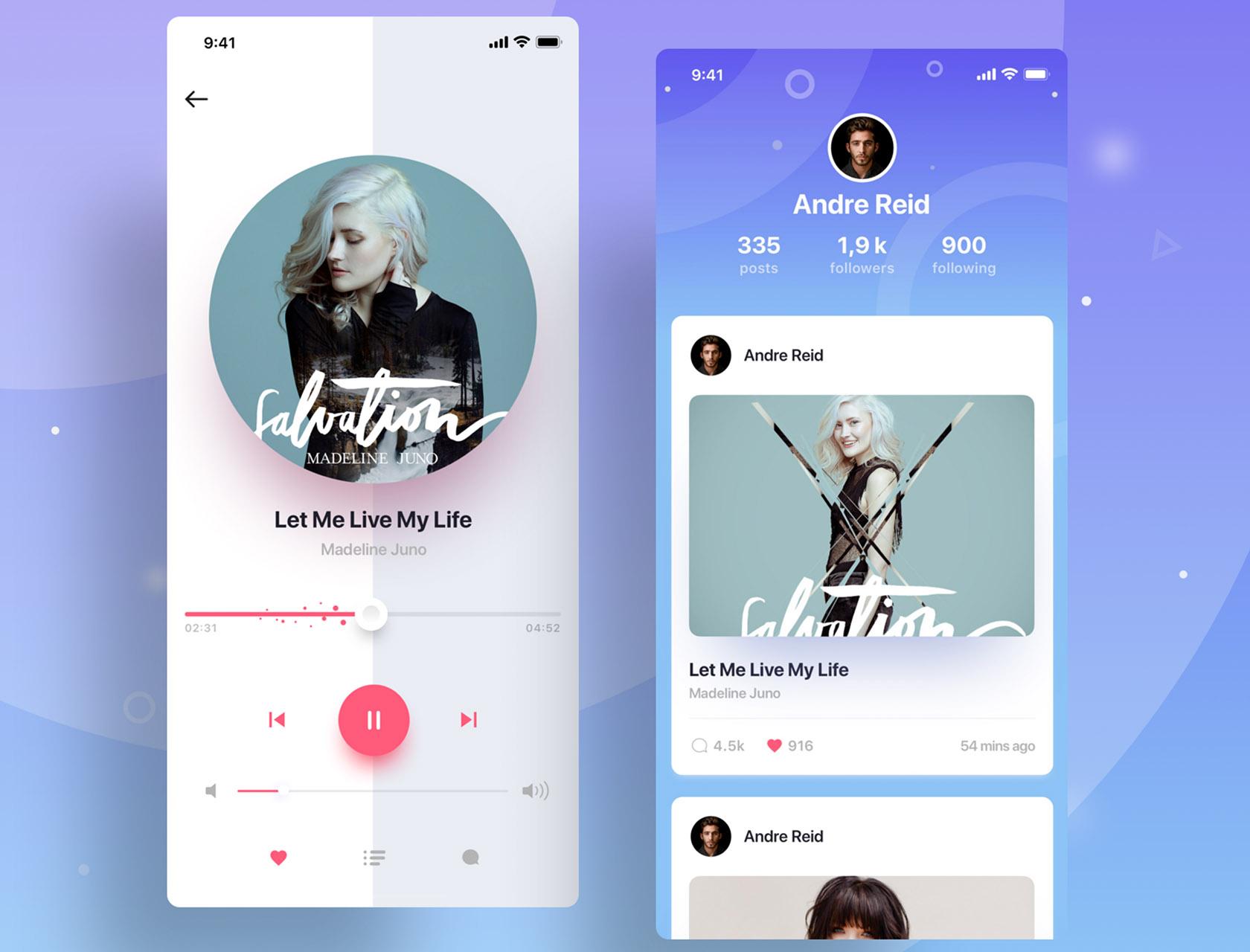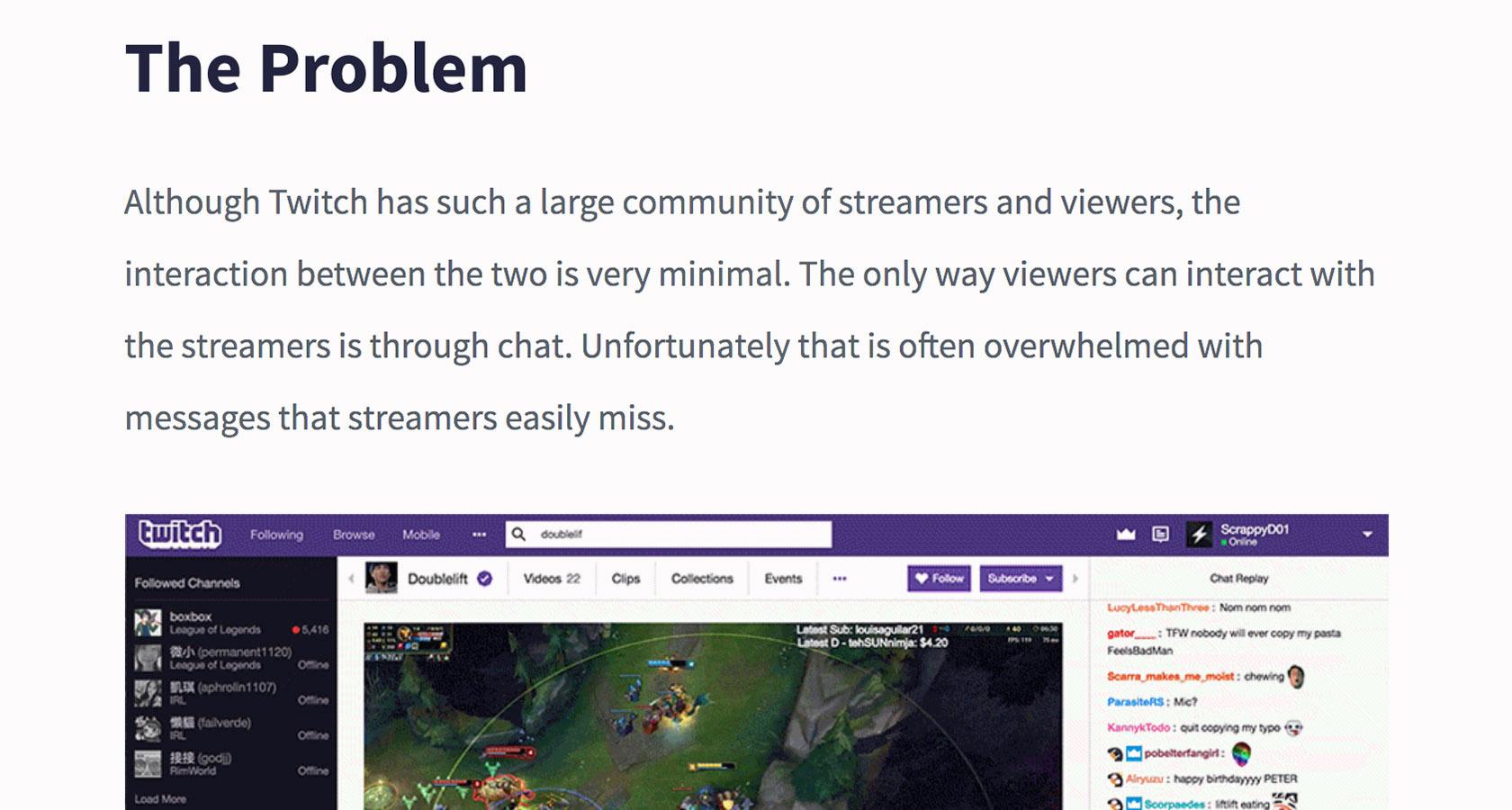All About Process: Dissecting Case Study Portfolios
A portfolio is more than a cache of images, it’s a way to demonstrate design skills and problem solving to clients. We show how to elevate portfolios by explaining the inner workings of a case study.
A portfolio is more than a cache of images, it’s a way to demonstrate design skills and problem solving to clients. We show how to elevate portfolios by explaining the inner workings of a case study.
Adnan is a UI/UX expert with a bold aesthetic and a passion for designing digital products for startups and corporations.
Expertise
PREVIOUSLY AT

Designers have portfolios. It’s a precondition of our profession. We all know we need one, so we get to work assembling images and writing project descriptions. Then, we put our work on the web for all to see, tiny shrines to individual talent and creativity.
It’s a familiar process, a rite of passage, but why do we need portfolios in the first place?
If we’re honest, we must admit that most of our portfolio design decisions are influenced by what other designers are doing. That’s not necessarily bad, but if we don’t understand why portfolios look the way they do, we’re merely imitating.
We may produce dazzling imagery, but we also risk a portfolio experience that’s like strolling through an art gallery. “Look at the pretty pictures…”

The number one audience that design portfolios must please? Non-designers.
These are the people who seek our services, the ones working for the businesses and organizations that invest in our problem solving abilities.
Non-designers need more than beauty from a design portfolio; they need clarity and assurance. They need to come away believing in a designer’s expertise, their design process, and ability to solve problems in an efficient manner.
Luckily, it’s not difficult to design a portfolio to meet those needs.
The Advantages of a Case Study
What is a case study?
A case study is a tool that a designer may use to explain his involvement in a design project, whether as a solo designer or part of a team. It is a detailed account, written in the designer’s own voice (first person), that examines the client’s problem, the designer’s role, the problem solving process, and the project’s outcome.
Who can use a case study?
The beauty of the case study framework is that it’s adaptable to multiple design disciplines. It organizes need-to-know information around common categories and questions that are applicable to all kinds of design projects—from UX research to visual identities.
At its core, a case study is a presentation format for communicating the journey from problem to solution. Details within the framework may change, but the momentum is always moving towards clarity and uncovering a project’s most important whats, whys, and hows.

How do case studies benefit designers?
Many clients don’t understand all that goes into the design process. And while they certainly don’t need to know everything, a case study provides a big-picture overview and sets up realistic expectations about what it takes to design an elegant solution.
A case study can also be a handy presentation aide that a designer may use when interviewing a potential client. The format allows a designer to talk about their work and demonstrate their expertise in a natural and logical progression. “Here’s what I did, how it helped, and how I might apply a similar approach with you.”
Are there any drawbacks to using case studies?
Don’t let a case study turn into a ca-a-a-a-a-se study. The whole project should be digestible within 1-2 minutes max. If necessary, provide links to more detailed documents so that interested visitors may explore further.
A lot of design work, especially digital, is created within multidisciplinary teams, so designers need to be clear about their role in a project. Blurring the lines of participation gives clients false expectations.
Many make the mistake of treating portfolios as repositories of all of their past projects, but three to five case studies documenting a designer’s most outstanding work is enough to satisfy the curiosity of most potential clients (who simply don’t have time to mine through everything a designer ever did).
Case studies are professional documents, not tell-all manuscripts, and there are some things that simply shouldn’t be included. Descriptions of difficult working relationships, revelations of company-specific information (i.e., intellectual property), and contentious explanations of rejected ideas ought to be left out.

Crafting a Customer-centric Case Study
It’s one thing to know what a case study is and why it’s valuable. It’s an entirely different and more important thing to know how to craft a customer-centric case study. There are essentials that every case study must include if clients are to make sense of what they’re seeing.
What are the core elements of a case study?
- Introduce the client.
- Present the design problem.
- Recap your role.
- Share the solution you designed.
- Walk through the steps of your design process.
- Describe the results.
- Note any key learnings.
- Wrap it all up with a short conclusion.

Happily, the core elements also outline a case study presentation format that’s simple, repeatable, and applicable to multiple disciplines. Let’s look closer:
Introduce the client.
- Who was the client?
- What industry are they in?
- What goods or services do they provide?
- Keep this section brief.
Present the design problem.
- What was the client’s problem?
- Why was it important that the problem be solved?
- Are there any additional background tidbits that might be helpful or interesting?

Recap your role.
- What, specifically, were you hired to do?
- What were the constraints? Time. Budgetary. Technological. Etc.
Share the solution you designed.
- Before diving into your process, summarize the solution you designed.
- Make the summary short but powerful.
- Don’t give all the good parts away, and don’t be afraid to use language that makes your audience curious about the rest of the project.
Walk through the steps of your design process.
- Go through the various steps of your discipline specific process.
- Again, summarize what you did, but don’t overload. Find a balance between informational and interesting.
- If you can, try to make each step introduce a question that only the following step can answer.

Describe the results.
- Use this section to share a more robust description of the results of your design process.
- Be direct, avoid jargon, and don’t get too carried away with the amount of text you include.
Note any key learnings.
- Don’t go overboard here, but if there are interesting things that you learned during the process, include them.
- If they won’t be helpful for the client, leave them out.
Wrap it all up with a short conclusion.
- Quickly summarize the project, and invite potential customers to contact you.
- It doesn’t hurt to provide a call to action and a contact link.
*Note: This isn’t the only case study format, just one that works. It’s helpful for people to encounter a predictable framework so they can focus on what they’re looking at as opposed to interpreting an inventive presentation structure.
The Value of Overlooked Details
Want to create a case study with a top notch user experience? Don’t underestimate the value of design details. Design projects are more than problem-meets-solution. They’re deeply human endeavors, and it makes a difference to clients when they see that a designer goes above and beyond in their work.
Share client feedback.
How did the client feel about your working relationship and the solution you provided? When you deliver top-notch work and nurture trust, get client feedback and include it in the case study as a testimonial.
If something you designed blew your client away, weave a testimonial into the case study (along with an image of what you made). This combo is proof positive to potential customers that you can deliver.

Explain positive metrics.
Not all design work has direct metrics that prove its success, but if your work does, and the results are impressive, include them. Just make sure that you don’t mislead (easy to do with statistics), and be careful that the metrics make sense to your audience.

Show unselected work.
Sometimes, amazing work from the design process doesn’t make it through to the finished product. These unused artifacts are helpful because they show an ability to explore a range of concepts.
Highlight unglamorous design features.
Not every aspect of design is glamorous. Like a pinky finger, small details may seem insignificant but they’re actually indispensable. Highlight these and recap why they matter.
Link to live projects.
It can be highly persuasive for a client to experience your work doing it’s thing out in the real world. Don’t hesitate to include links to live projects. Just make sure that your role in the project is clear, especially when you didn’t design everything you’re linking to.
Win Clients and Advance Careers with Case Study Portfolios
Designers need clients. We need their problems, their insights, their feedback, and their investments in the solutions we provide.
Since clients are so important, we ought to think about them often and strive to make entering into partnership with us as easy and painless as possible. Design portfolios are a first impression, an opportunity to put potential clients at ease and show that we understand their needs.

Case studies push our design portfolios past aesthetic allure to a level where our skills, communication abilities, and creativity instill trust and inspire confidence. Even better, they take clients out of a passive, browsing mindset to a place where “That looks cool,” becomes “That’s someone I’d like to work with.”
Further Reading on the Toptal Blog:
Understanding the basics
How do I create a design portfolio?
Nowadays, it’s best to create a design portfolio online. Options vary: Some designers use a service like Behance or a WYSIWYG website builder like Squarespace, while others build custom sites with CSS. It’s also important that online design portfolios be responsive for multiple screen sizes.
How do I create an online portfolio for free?
Websites like Behance and Dribbble (among others) are free options for designers to publish online portfolios. Some designers have opted to forgo traditional web portfolios and instead document their work on social platforms like Instagram and Facebook. Free sites also take care of design portfolio layout.
How do you organize a design portfolio?
A designer ought to organize his portfolio according to his strengths. This means highlighting his best and most relevant work. Remember that design portfolios should be made with potential clients in mind. Avoid overly technical project descriptions, images without context, and excessively long case studies.
What is the purpose of a case study?
Many design portfolios consist of short project summaries and process images, but case studies are a way for designers to show their problem-solving skills to clients in greater detail. This is achieved by defining the client’s problem and the designer’s role, along with an overview of the designer’s process.
What are the advantages of a case study?
Case studies combine descriptive text and images and allow designers to demonstrate the details of their design processes to potential clients. They are also a great way for designers to highlight problem solving and small, but powerful, design features that may otherwise be overlooked.
Adnan Puzic
Sarajevo, Federation of Bosnia and Herzegovina, Bosnia and Herzegovina
Member since September 28, 2015
About the author
Adnan is a UI/UX expert with a bold aesthetic and a passion for designing digital products for startups and corporations.
Expertise
PREVIOUSLY AT


